weed or beautiful bush?
jobblygardner
10 years ago
Related Stories
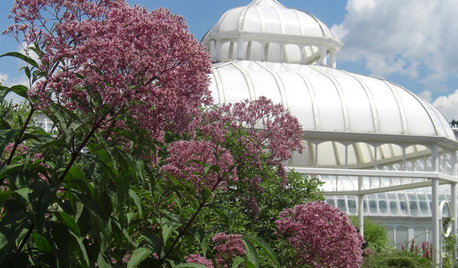
FLOWERSGreat Design Plant: Joe Pye Weed
This unsung beauty tolerates wet soil, provides beautiful late summer blooms and attracts butterflies and hummingbirds
Full Story
GARDENING GUIDES5 Ways to Naturally Win the Weed War
Show irksome weeds no mercy with these tricks for combating them sans chemicals
Full Story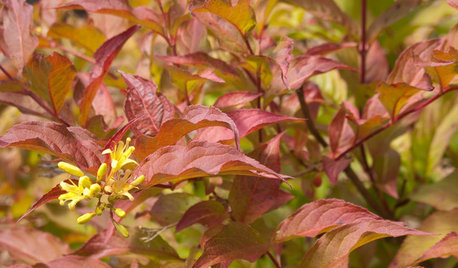
GARDENING GUIDESGreat Design Plant: Northern Bush Honeysuckle, a Bronze Beauty
It helps control erosion and takes sun or shade. The butterflies love it. But the best part of this shrub may be the vivid foliage
Full Story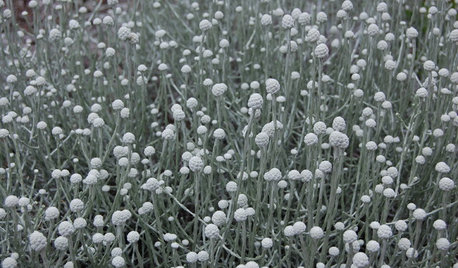
BLUE AND GRAY FOLIAGEGreat Design Plant: Cushion Bush
Fuzzy and otherworldly, this white mounding shrub lights up gardens through all four seasons
Full Story
GARDENING GUIDES6 Plants That Beat Butterfly Bush for the Wildlife Draw
It's invasive, a nonnative and a poor insect magnet. Check out these better alternatives to butterfly bush in the garden
Full Story
GARDENING GUIDESLet's Weed Out 4 Native Plant Myths
Plant wisely for a garden that supports pollinators and requires less work
Full Story
GARDENING GUIDESWhat’s in a Name? See 6 Wildflowers That Aren’t ‘Weeds’ at All
Dispel the stereotypes of weeds and try these wildlife-supporting native wildflowers in your garden
Full Story
EDIBLE GARDENSNatural Ways to Get Rid of Weeds in Your Garden
Use these techniques to help prevent the spread of weeds and to learn about your soil
Full Story
GARDENING GUIDESGreat Design Plant: Bugle Weed, a Quick Ground Cover
It’s highly adaptable, suppresses weeds, reduces erosion and provide weeks of bright flowers. Just watch for invasiveness
Full Story
GARDENING GUIDES5 Weed-Smothering Ground Covers
Let these landscape plants do the dirty work of choking out weeds while you sit back and enjoy the view
Full StorySponsored
Your Custom Bath Designers & Remodelers in Columbus I 10X Best Houzz
More Discussions







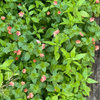
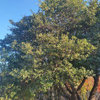
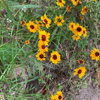
carol23_gw
CaraRose
Related Professionals
Hershey Landscape Architects & Landscape Designers · Horsham Landscape Architects & Landscape Designers · Saint Louis Park Landscape Architects & Landscape Designers · Brentwood Landscape Contractors · Goodyear Landscape Contractors · Darien Landscape Contractors · Kettering Landscape Contractors · La Mirada Landscape Contractors · Manhattan Landscape Contractors · New Berlin Landscape Contractors · Peachtree City Landscape Contractors · Pomona Landscape Contractors · Riverview Landscape Contractors · South Lake Tahoe Landscape Contractors · Shenandoah Landscape ContractorsjobblygardnerOriginal Author
RugbyHukr
clairabelle
flora_uk
mytime
flora_uk
CaraRose
jobblygardnerOriginal Author
RugbyHukr
Embothrium
jobblygardnerOriginal Author
RugbyHukr
jobblygardnerOriginal Author
jaceysgranny
RugbyHukr
ken_adrian Adrian MI cold Z5
CaraRose
flora_uk
CaraRose
remy_gw
ken_adrian Adrian MI cold Z5
flora_uk